Why Radon Testing is Essential for Your Home or Business in Iowa
Radon is a silent but dangerous threat that many homeowners and business owners in Iowa may not realize is lurking beneath their properties. As a naturally occurring radioactive gas, radon is both colorless and odorless, making it impossible to detect without specialized equipment. Unfortunately, Iowa is one of the states with the highest radon levels in the nation. This makes radon testing not just important but essential for safeguarding your health and financial well-being.
The Impact of Radon in Iowa
The statistics in Iowa for 2024 tell a concerning story. This year alone:
- 2,434 lung cancer cases have been reported.
- 1,572 deaths have occurred due to lung cancer.
- Medical costs related to lung cancer have skyrocketed to $133,000,000.
- Economic costs have reached $140,000,000.
A significant portion of these cases have been linked to radon exposure, which is the second leading cause of lung cancer in the United States, after smoking. The risk is even higher in areas like Iowa, where radon levels in homes and businesses are frequently found to exceed the EPA’s recommended action level of 4.0 pCi/L.
Why Testing for Radon is Critical
Radon doesn’t discriminate. It can seep into homes, offices, schools, and other buildings through cracks in the foundation, construction joints, and even through the water supply. Without testing, you won’t know if your property is safe or if you’re exposing yourself and others to a significant health risk. Don’t wait to get your space rested for radon, contact our team today to access your property for radon today.
The benefits of radon testing include:
- Peace of Mind: Knowing your radon levels allows you to take proactive steps to protect your loved ones, employees, or tenants.
- Health Protection: Identifying and mitigating radon early can significantly reduce the risk of lung cancer.
- Property Value Preservation: Homes and businesses with radon mitigation systems in place are more attractive to potential buyers.
Trust Ameriserv Radon Mitigation for Your Testing Needs
At Ameriserv Radon Mitigation, we understand the unique radon risks that Iowa faces. Our professional team is committed to providing accurate testing and effective mitigation solutions to keep your home or business safe.
Here’s why you should choose Ameriserv Radon Mitigation:
- Expertise: We specialize in radon testing and mitigation, using state-of-the-art technology to detect and address radon issues.
- Tailored Solutions: Every property is different. We design customized mitigation systems to suit your specific needs.
- Peace of Mind: With Ameriserv, you can trust that your property is in good hands. Our solutions ensure long-term safety and compliance with EPA guidelines.
Take Action Today
Radon is a serious issue, but it’s one you can control with the right help. Don’t wait for symptoms to appear or for the statistics to hit even closer to home. Protect your family, employees, and investment by scheduling a radon test today.
Contact Ameriserv Radon Mitigation to schedule your radon testing and ensure your home or business is safe. Together, we can reduce Iowa’s lung cancer statistics and create healthier environments for everyone.




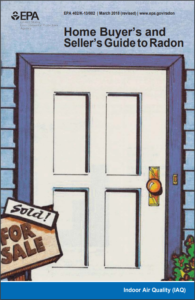
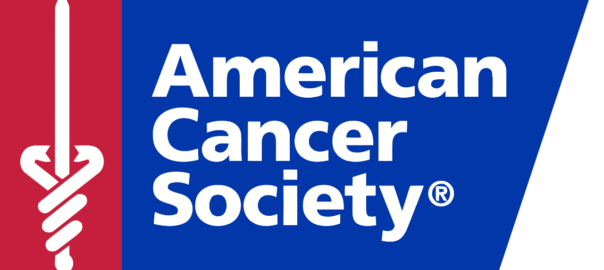
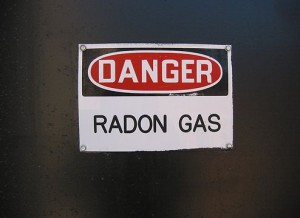
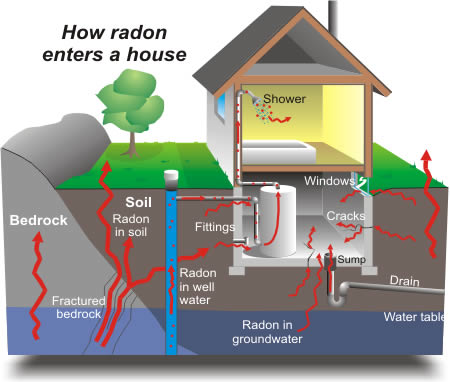 aturally in the soil and often leaks into lower levels of homes. Exposure to radon is the second leading cause of lung cancer, behind smoking, and leads to 21,000 lung cancer deaths annually. Because you aren’t able to see, smell or taste radon gas, it’s important to test the air in your home and fix any problems you find. Many people don’t believe their home is in area with radon, one of the common myths about radon.
aturally in the soil and often leaks into lower levels of homes. Exposure to radon is the second leading cause of lung cancer, behind smoking, and leads to 21,000 lung cancer deaths annually. Because you aren’t able to see, smell or taste radon gas, it’s important to test the air in your home and fix any problems you find. Many people don’t believe their home is in area with radon, one of the common myths about radon.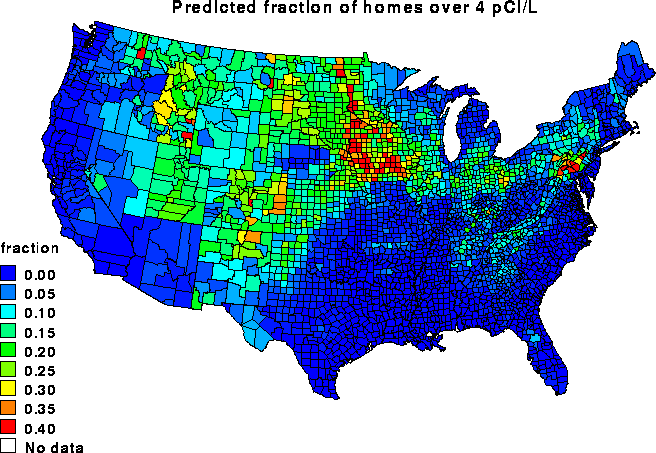 As of February 2016 the Scorecard has been posted with the final results. The majority of their goals were completed. Each of these goals will help reduce radon levels in America and decrease future issues. The end goal is to completely erase radon gas levels, and the EPA is working furiously towards that goal.
As of February 2016 the Scorecard has been posted with the final results. The majority of their goals were completed. Each of these goals will help reduce radon levels in America and decrease future issues. The end goal is to completely erase radon gas levels, and the EPA is working furiously towards that goal.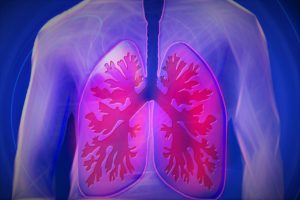 So, how can we get people to understand the very real danger of radon? We believe that awareness and education could be a step in the right direction. Many people do not even know what radon is or what it can cause. Radon is a gas that is created through the natural breakdown of uranium in the earth. It rises through the soil and into homes through small basement or foundation cracks.
So, how can we get people to understand the very real danger of radon? We believe that awareness and education could be a step in the right direction. Many people do not even know what radon is or what it can cause. Radon is a gas that is created through the natural breakdown of uranium in the earth. It rises through the soil and into homes through small basement or foundation cracks.